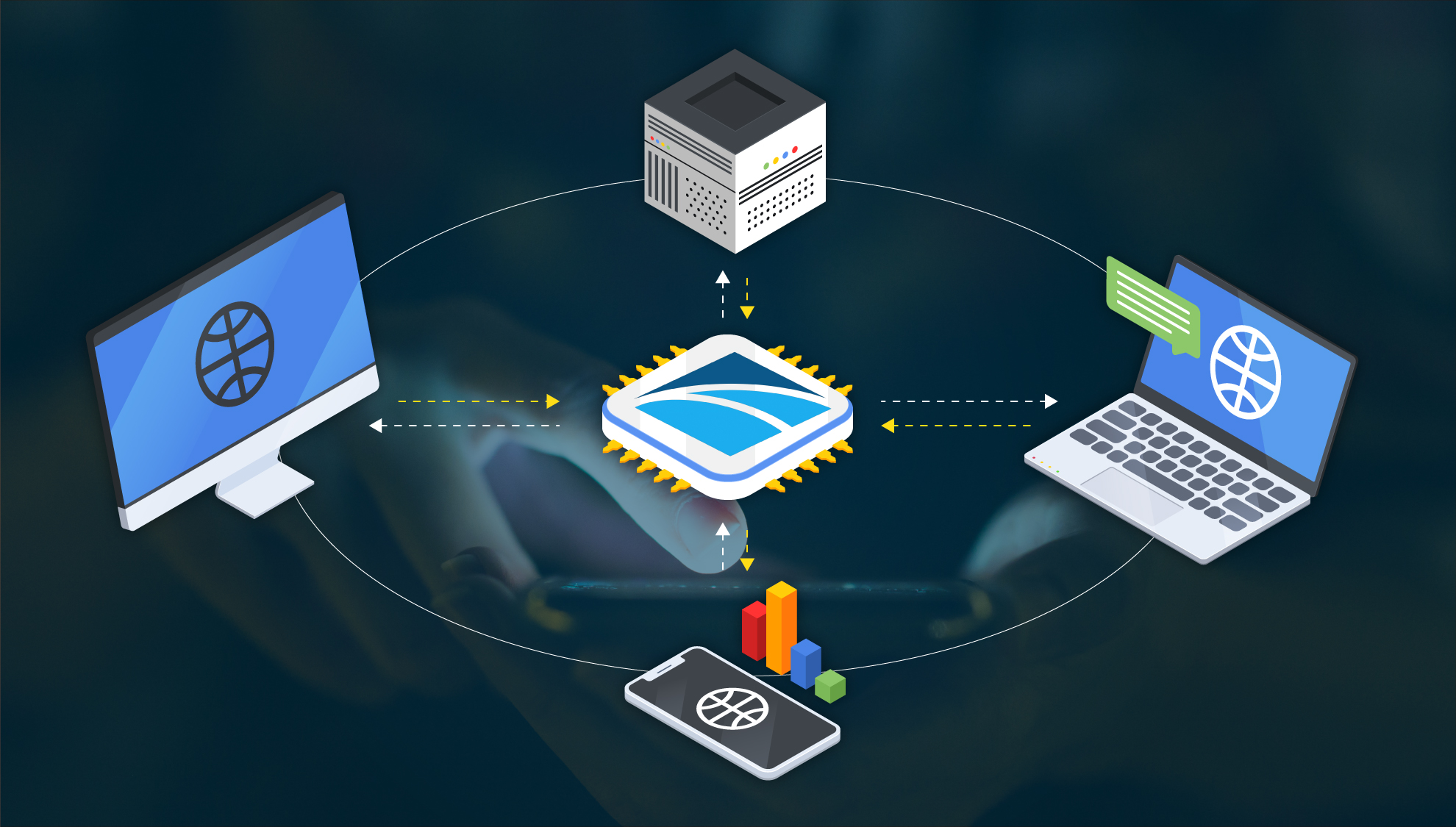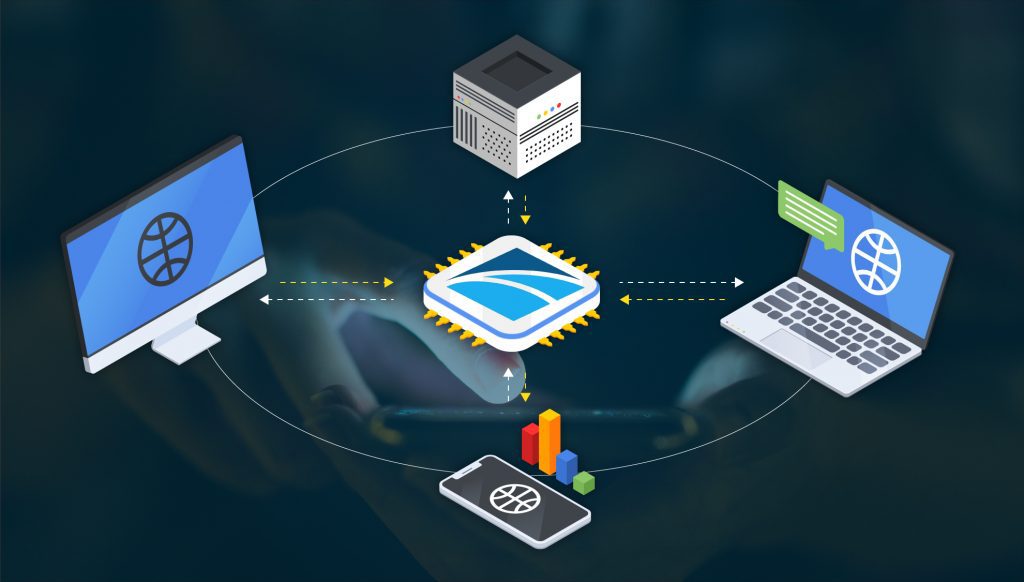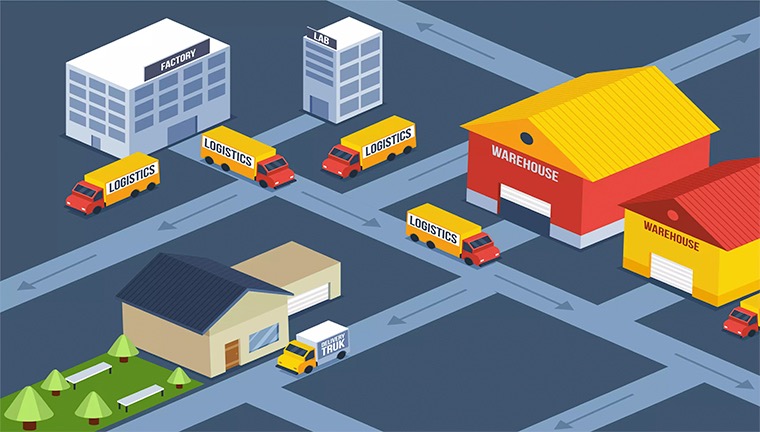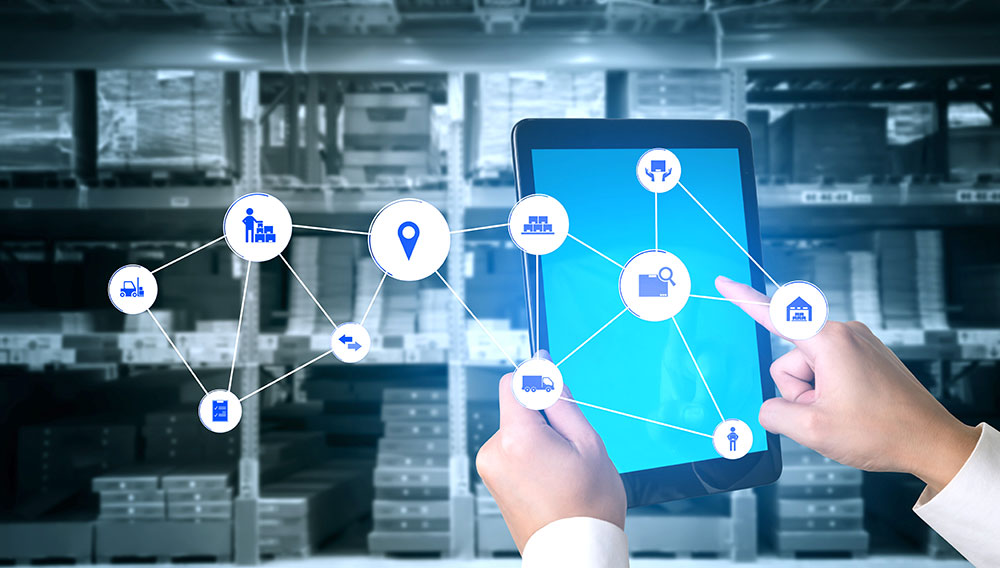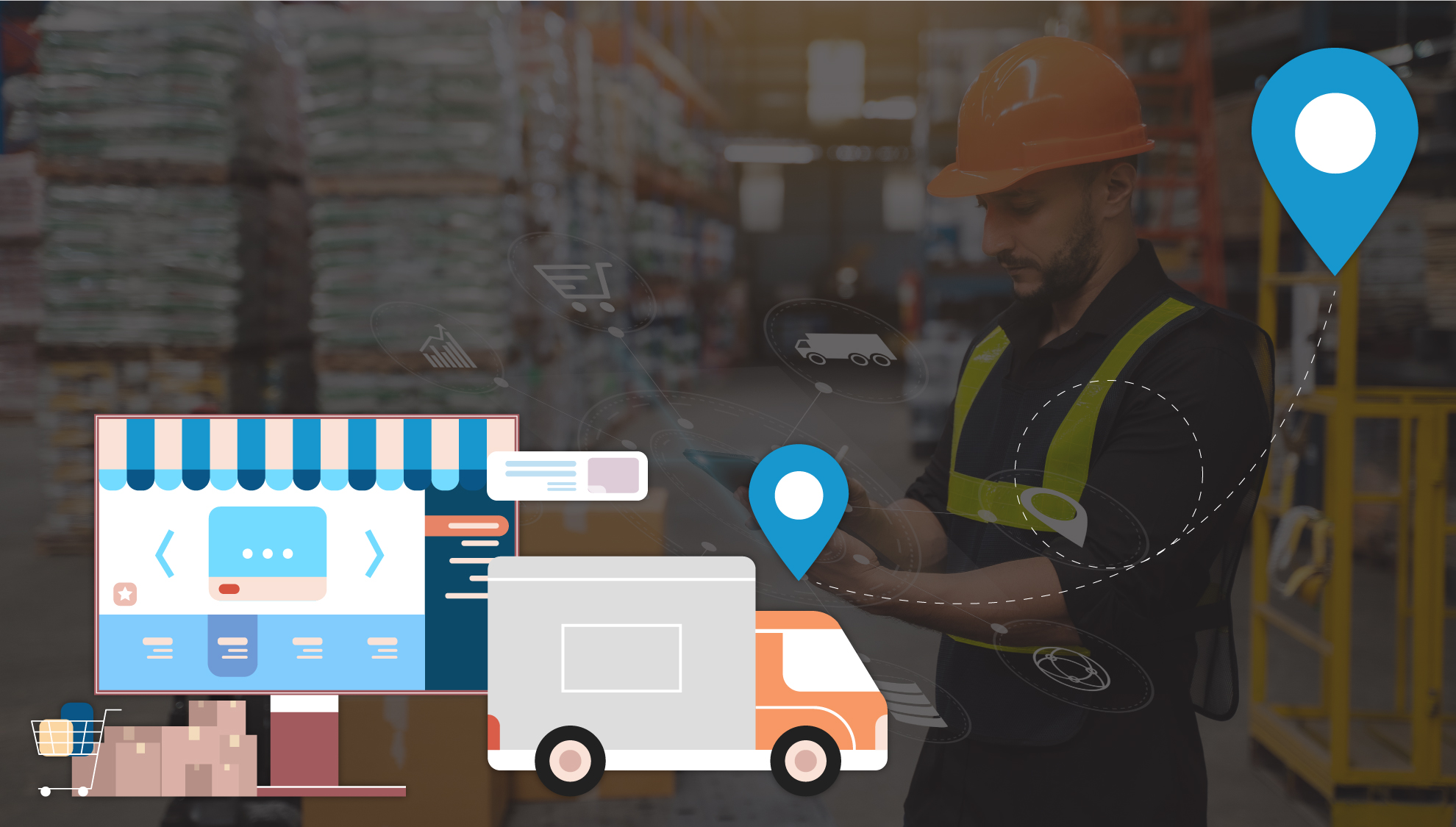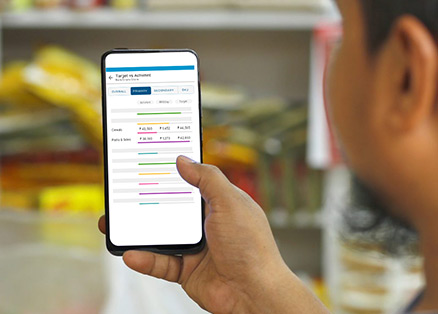Table of Contents
ToggleOnce upon a time…
Before automation, how do you think CPG companies ran their sales supply chain? Company salesmen + pen-and-paper orders + distributor relationships + trust. The visibility stopped at the distributors. There was no way to authenticate the claims raised by distributors or figure out if the marketing budgets were being rightfully dispensed down to the retailers. Everything was all done on trust. That’s it.
Then 15-20 years ago, with the advent of technology, CPG companies started automating their primary sales processes. About 7-10 years ago, as distribution channels expanded from GT (General Trade) to MT (Manage Channel) to D2C (Direct to Consumer) to e-commerce, each channel required a solution that addressed its unique pain points.
Slowly, the technology ecosystem within a company started resembling a meeting room with six perfect strangers in it. All applications aligned towards the same goals but not one talking to the other. Since no one talked, all solutions remained independent and siloed. No hellos. No handshakes.
Technology Handshakes: The long and short of ‘Software Integration’
As technology companies started finding ways for one technology solution to talk to a different one, it unleashed a tsunami of integrated, de-siloed systems and nothing has stayed the same ever since.
Today, integrated technology solutions are a basic expectation. Brands no longer want to settle for manual handshakes i.e dumping secondary data onto the primary reports and expecting MIS folks to do their job. They want an integrated platform that helps monitor not just their primary sales, but also secondary and tertiary sales, and not just from one channel, but from all channels of distribution!
But what does software integration really mean?
Simply put, software integration is the process of combining multiple software applications, systems, or services into a single cohesive solution that works together seamlessly. The purpose of software integration is to automate processes, increase efficiency, and enhance the overall user experience.
Two Approaches to Software integration
API/Webhook integration
Imagine you have two buckets of water, one at your house (Bucket A) and one at your friend’s house (Bucket B). API or ‘Application Programming Interface’ integration is like having a pipe that directly connects your bucket to your friend’s bucket. Whenever you pour water into your bucket, it automatically flows into your friend’s bucket. It’s a fast and easy way to share water, just like the pipeline. A webhook is used for event-driven integrations. They allow you to send real-time data from one system to another when a given event occurs.
FTP integration
This method is similar to using a third bucket (Bucket C) to transfer water from your bucket (Bucket A) to your friend’s bucket (Bucket B). In FTP or ‘File Transfer Protocol’ integration, you have to manually scoop the water from Bucket A using Bucket C, then carry Bucket C over to your friend’s house and pour the water into their bucket (Bucket B). This method is slower and requires more effort, so APIs are the preferred approach.
An API acts as a bridge between different systems, allowing them to communicate and exchange data with each other in a standardized way. It requires one party to ‘expose’ the API and the second party to ‘consume’ the API.
Exposing APIs: examples
- ERP (Enterprise Resource Planning): The ERP system might expose an API that provides access to information such as customer data, inventory levels, and order history. This API could be used by other systems to retrieve information from the ERP system in a standardized way.
- ECM (Enterprise Content Management) The ECM system might expose an API that provides access to its repository of documents, such as invoices, contracts, and product specifications. This API could be used by other systems to retrieve and store documents in the Distributor Management System.
Consuming APIs: examples
- Sales Force Automation (SFA): The Sales Force Automation software might consume the ERP API to retrieve customer data and order history. This would allow the sales team to have a complete view of the customer’s interactions with the company, including previous purchases, open orders, and payment history.
- ERP (Enterprise Resource Planning): The ERP system might consume the DMS API to retrieve documents related to a specific order or customer. This would allow the ERP to access important information such as invoices, contracts, and product specifications, without having to store this information in the ERP database.
By exposing and consuming APIs, these three systems are able to communicate and exchange data with each other. This results in a more integrated and efficient process for the organization. This type of integration can help organizations streamline their operations, reduce manual data entry, and provide better service to their customers.
What happens if integrations are not strong enough?
Data inconsistencies
When the integration between multiple systems is not properly managed, data can become inconsistent or lost, leading to incorrect results and errors.
Integration failures
If the integration capabilities are not configured in a scalable manner, the system may be prone to integration failures. This can result in disruptions to business operations and loss of productivity.
Limited functionality
Poor integration design may limit the functionality of the automation system, reducing its overall effectiveness.
Increased complexity
Inefficient integration can increase the complexity of the automation system, making it more difficult to manage and maintain.
Data safety and privacy
A critical aspect of integration is the safety of customer data. In an integrated platform, a lot of data flows in from a lot of different sources, both externally and internally. To ensure data remains safe, secure, and encrypted, technology companies in India are expected to have the following processes and best practices.
SSL certificate
The primary reason for using Secure Sockets Layer (SSL) certificates is to keep sensitive information sent across the Internet encrypted so that only the intended recipient can understand it. This security is important because the information you send on the internet is passed from computer to computer to get to the recipient. Any computer between you and the destination can utilize your user name, passwords, and other sensitive information if the information is not encrypted with an SSL certificate. In addition to encryption, a proper SSL certificate also provides authentication. With authentication, you can be sure that you are sending information to the right recipient and not to an unknown user. You can ensure authentication by using an SSL certificate from a trusted SSL provider.
Regular VAPT Assessment
VAPT (Vulnerability Assessment and Penetration Testing) is a comprehensive security testing process. This is done by simulating an attack on the system to see if the vulnerabilities can be successfully exploited and if so, what kind of impact this would have on the system. The results of a VAPT engagement can be used to improve the overall security posture of an organization and provide evidence of due diligence to stakeholders, customers, and regulatory bodies.
SOC 2 Type 2
This is an audit report that provides assurance about the security, availability, processing integrity, confidentiality, and privacy of a company’s information systems. The SOC 2 Type 2 report is one of the most comprehensive evaluations of a company’s information security practices and is performed by an independent auditing firm. Having such as report is a good indication that a company takes its security responsibilities seriously and is committed to protecting customer data. Customers expect ISO 27001 certification or SOC 2 Type 2 compliance to be assured that their data is secure.
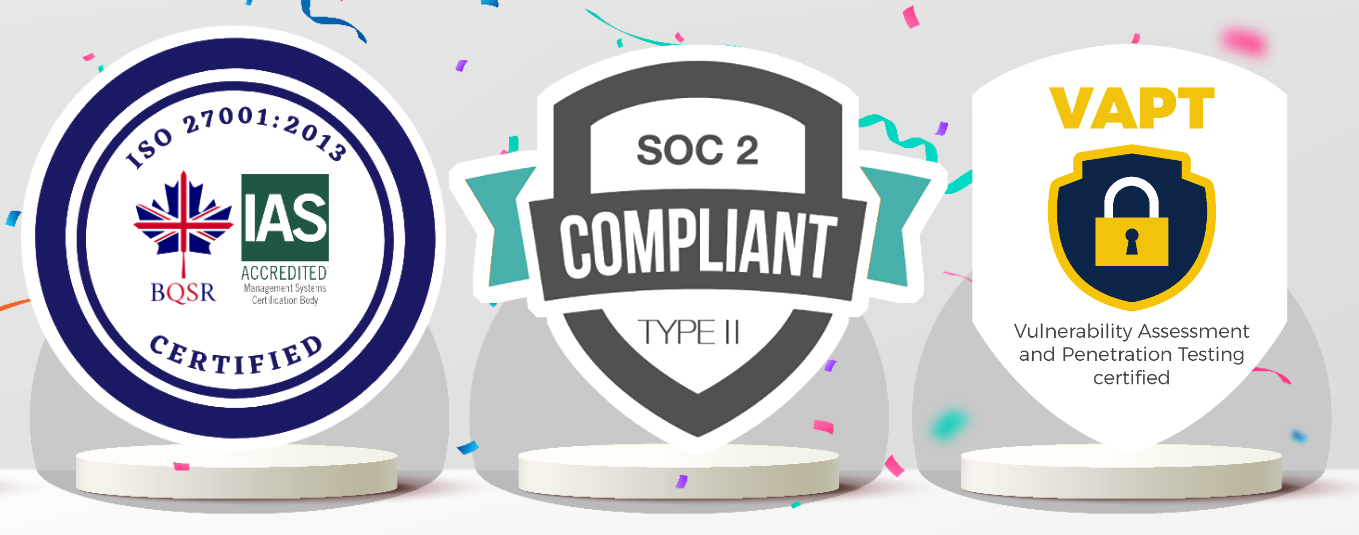
Better Data Integrity with Integration
An integrated sales and distribution technology platform can become the single source of truth for all your sales and distribution data. This results in increased efficiency and productivity, as well as reduced manual data entry and errors. It also provides real-time visibility into sales performance, inventory levels, and shipping data, enabling CPG companies like yours to make informed decisions and respond quickly to changes in the market.
So if you’re ready to unlock your business potential with an integrated technology platform that’s got all its certifications in order, you’ve reached the right place. Reach us today!
About Post Author
Iftikar Hazarika
Iftikar is a Senior Customer Success Manager with expertise in Senior Stakeholder Management, Product Planning, Supply Chain Management, Customer Satisfaction, Customer Retention, Upselling, Cross-Selling, etc. A music enthusiast, his keen sense of what a customer really wants is matched equally by his amazing skills on the guitar and on the mic.

